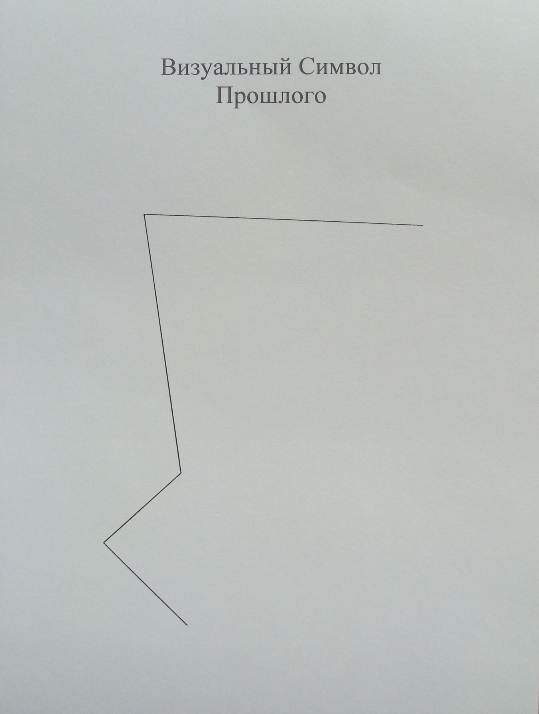In conversations with Time the Capital fades
Under the rustle of shadows and past accomplishments…
Inversion
The Past, like the Present, is not Time as such. It is only a certain state, the truth of which is felt by our closeness to it, our continued presence in it, until at some point it becomes obvious that we are looking for it outside…
Thus, the familiar outlines of streets, alleys and old houses, still preserved somewhere intact, visually taken out of the events that once took place among them, return us to that aura of the Past, which, fading in details, continued to live in us; – and then what is experienced in the depths of us again acquires the certainty of clarity, affirming our inner world in the receding outer. Thus the Past comes into reality.
Time is a stream of events inexorably carried away into the past, doomedly layered there on top of others. But sometimes, in that stream of accomplishments, something more than just their trace remains – there are places in which Time stops its run, permeating phenomena, the images and silhouettes of which it envelops. Thus, a wondrous space arises in which the sensation of an introduced state, hidden from the irretrievable loss for the tangibility of being, appears not yet completely lost for the eternity of expiring moments – that which is essentially called the Present.
The Past, poetically shaded by the concept of the Bygone, is a parallel space in a special dimension, where the events that took place, deposited in the system of time sequence, acquire their own inescapability of eternal images, the shadows of which appear through the invisible boundary with the Present, when the memory of them – the figurative silhouette of their trace left behind – calls for a search for finding reunification with them – in many ways illusory and short-lived, but saving and necessary for the souls experiencing the Bygone.
Only to such souls is the irrational essence of parallel worlds sometimes revealed – also in many ways illusory, but existing and invisibly feeding such a fleeting Present.
This meditative co-event takes place within the space subjectively determined by the artist’s inner worldview and his works, executed in mixed media – canvas, oil, paper, photography – related to specific places, which recorded the buildings of the old part of the City as of 2004, when the threat of destruction hung over them, due to the unfolding pseudo-development of antiquity for the needs of a dubious modernity, which ultimately led to a gradual disintegration between the manifestations of architectural existence that had naturally developed over many years and the energy of memory that had accumulated among its contours. Having lost the existential sense of a formed identity, the bearers of such consciousness found themselves involved in a situation bordering on the loss of a sense of connection with the Past – the subtlest substance that conceals hidden access to the basic codes of self-identification.
Five years later, artifacts, related in their content to the loci of the old part of the City, act as a tool for the geographical resuscitation of the Past.
By returning the works to the Places of their precursors, where once these artifacts, generated by a certain state of that Past, were given the beginning of their material existence, the Past is reanimated by means of these paintings in the Present, penetrating the aura of the spatial essence and returning the sought-after essence from the state of loss; the artifacts and the space seem to “recognize” each other. The statement of this phenomenon is possible thanks to the critical feeling of a special energy, uninterrupted all these years, of the state that once developed in these spaces.
Giving the Past embodied in the artifacts its new destiny (either social or asocial, depending on subsequent circumstances), condemns the Past reincarnated at the spatial point of origin to find its new, further line of development in the person of these five artifacts, each of which, a priori endowed with the memory of another, previous state, finds itself alone with the reality surrounding them – the one from which their essence conceptually originates – streets, facades of houses, stones of walls – but already outside the sparingly preserved conditions of gallery spaces, traditional for objects of visual art. Such an environment initially has all the prerequisites for demonstrating a harsh attitude towards objects located outside the reality typical for the nature of their existence, up to their complete subsequent destruction – from passive self-destruction under the natural influence of the elements (wind, rain) to brutal manifestations of acts of social aggression. Although, as an alternative, in general, one cannot exclude the possible unpredictability in the line of their subsequent existence outside the conventional environment – a return to some “exhibition” space with the sympathetic attitude of a disengaged-motivated person. Such a version of events could ultimately become one of the many alternative forms of natural integration of contemporary art into an environment socially abstracted from it, which is not averse to giving shelter to the Past, partially materialized through the same art, without suspicions about its true origin. Although, from an aesthetic point of view, it seems that the self-destruction of the recreated given is a more preferable state as a result in the light of understanding the fragility of parallel (“internal”) worlds. However, having given the Past a second fate and sent it into, perhaps, a short-lived, but free flow in the Space that has changed over the years, we have no right to trace the further line of its fragile existence.
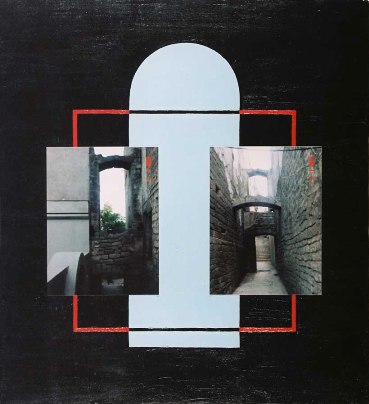
The Beginning of the End
2004, oil and photos on canvas
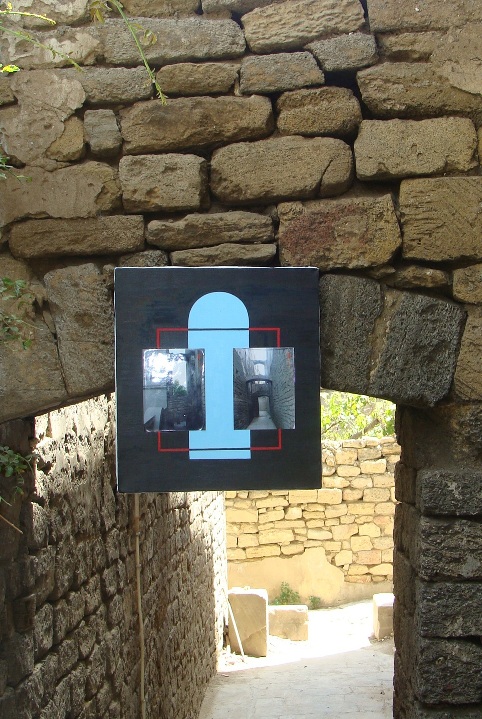
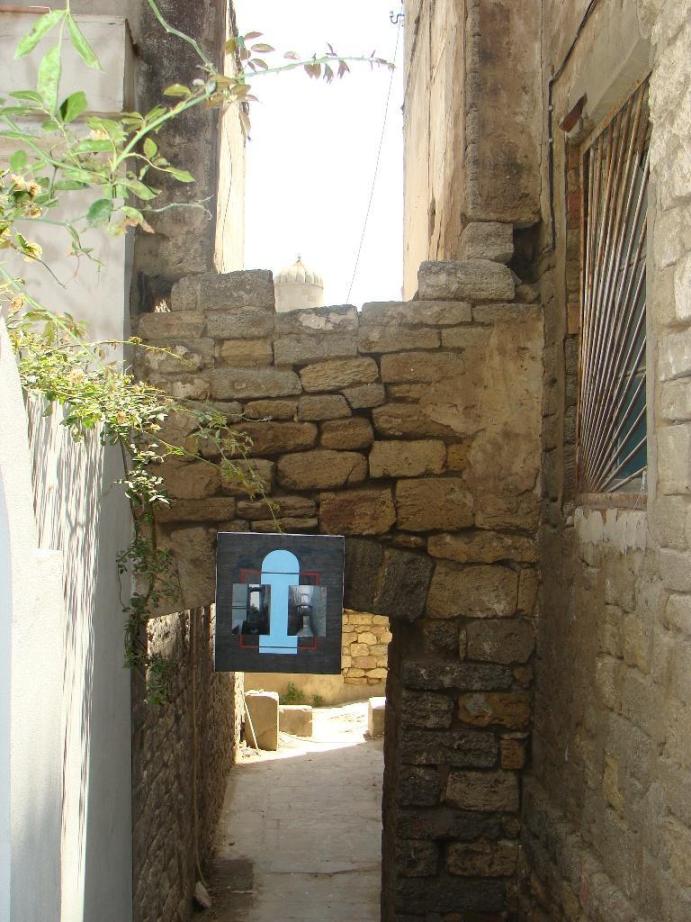
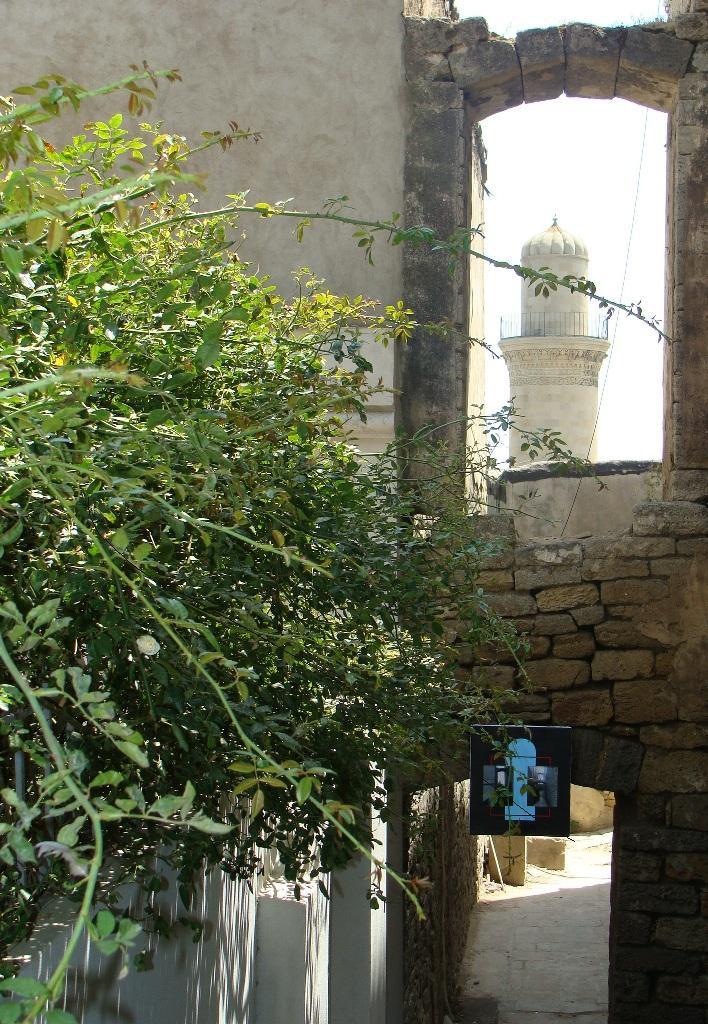
Fixation of Sensations. Co-being on 25 June, 2009
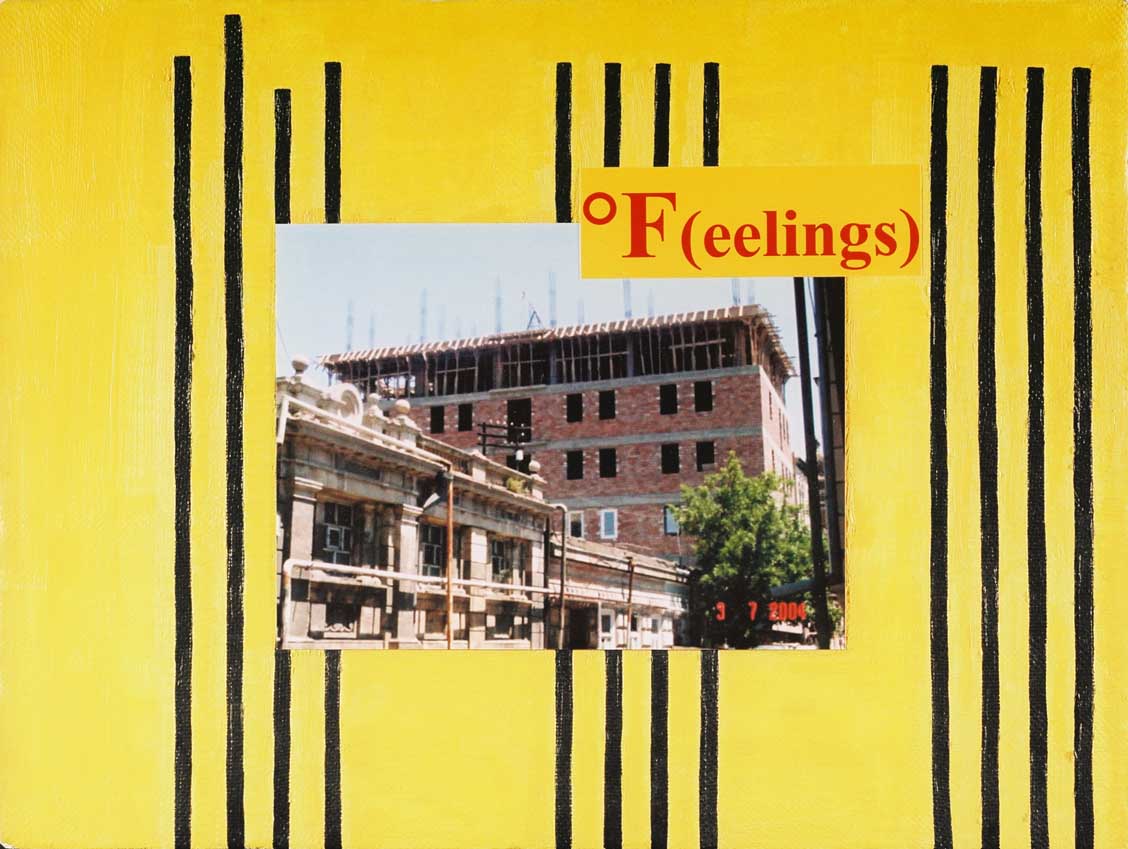
Sultry Heat
2004, oil, photo and glossy paper on canvas
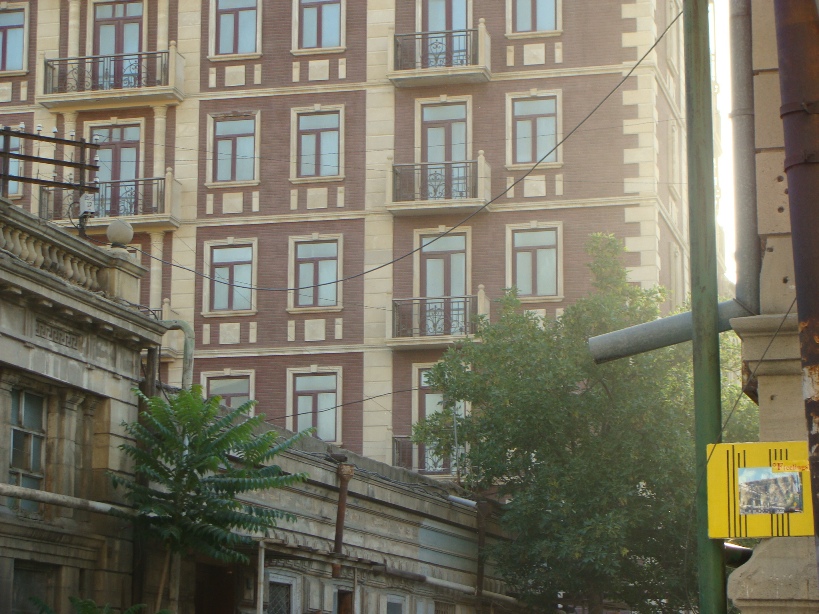
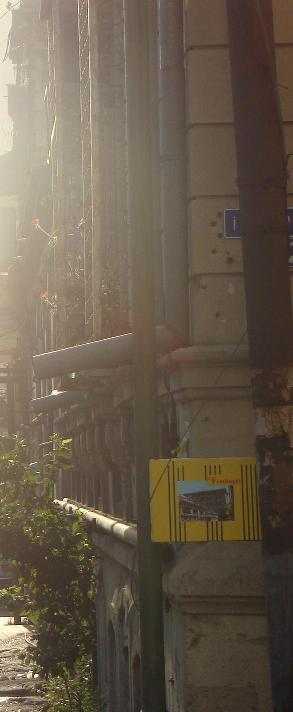
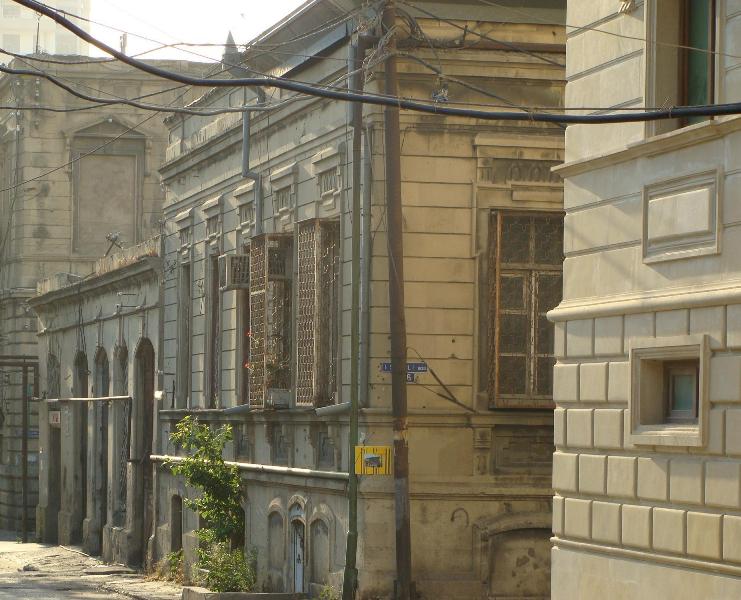
Fixation of Sensations. Co-being on 25 June, 2009
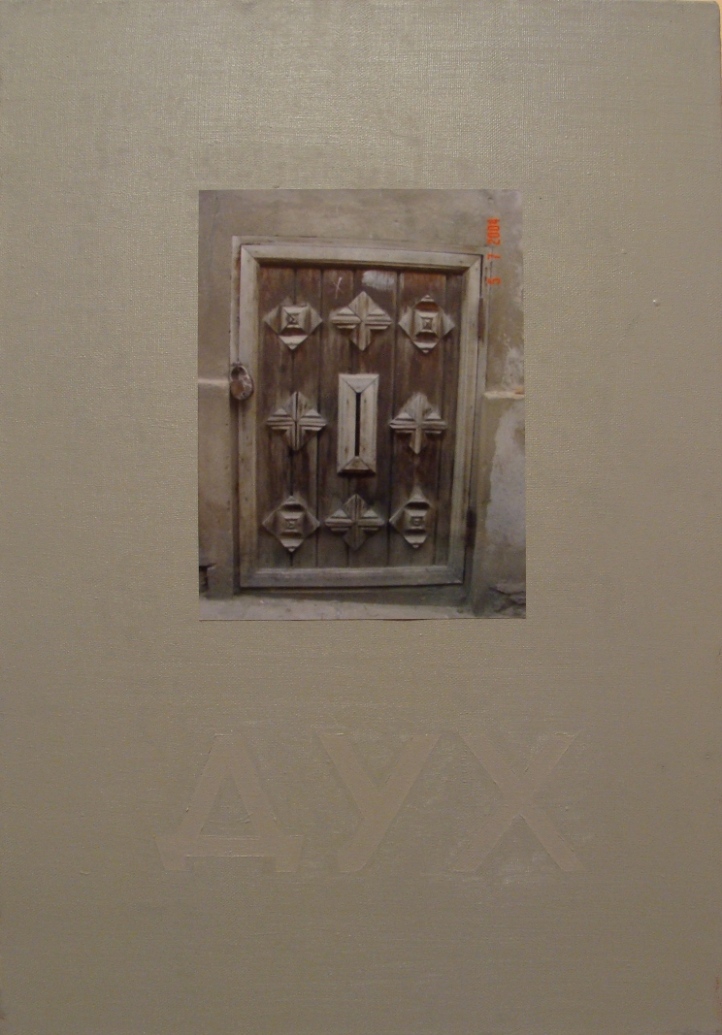
Keeper
2004, oil and photo on canvas
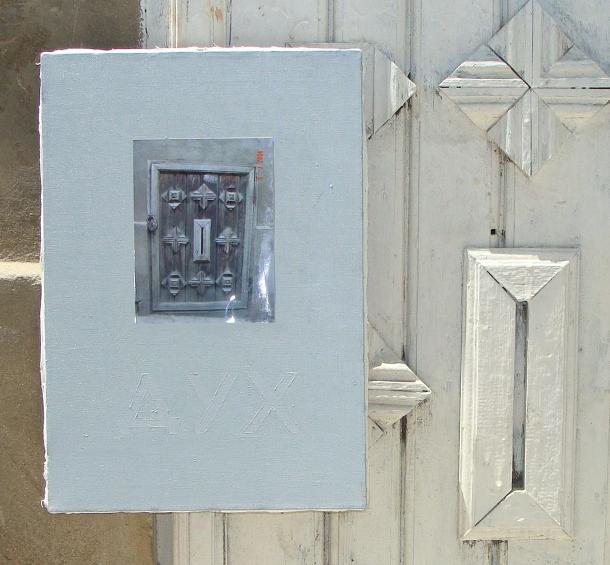
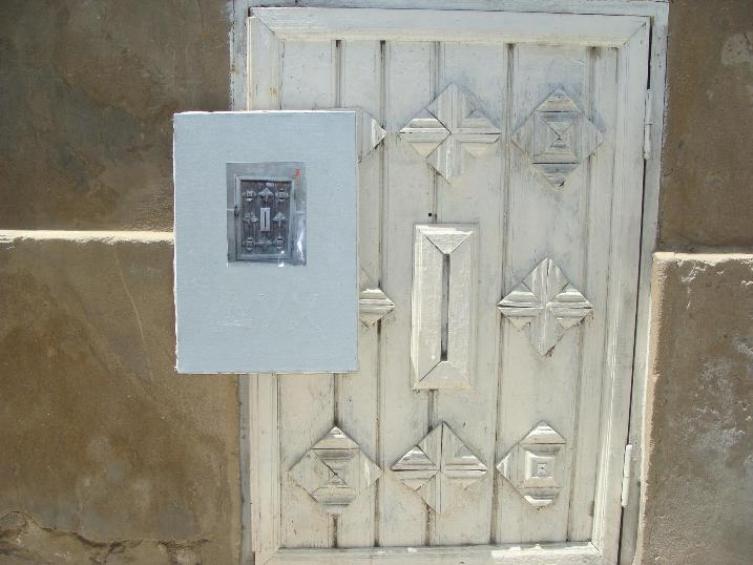
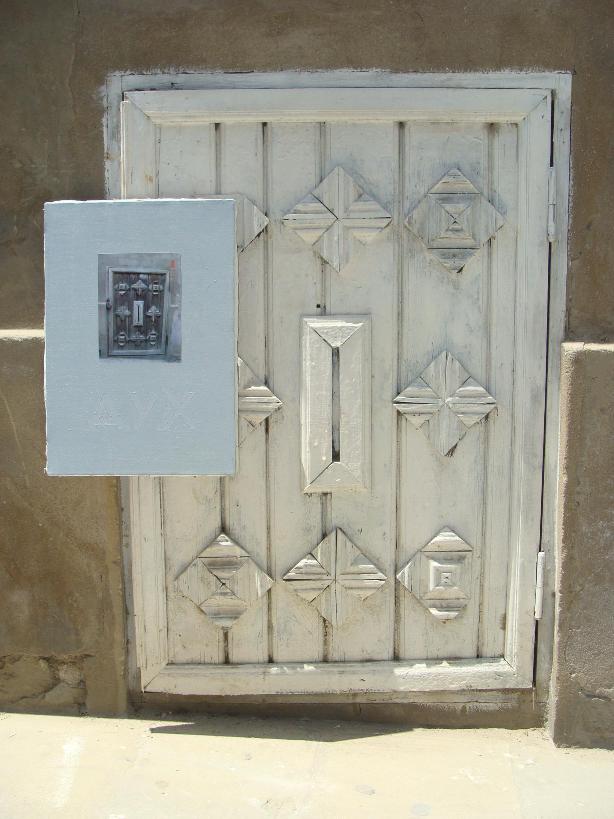
Fixation of Sensations. Co-being on 25 June, 2009
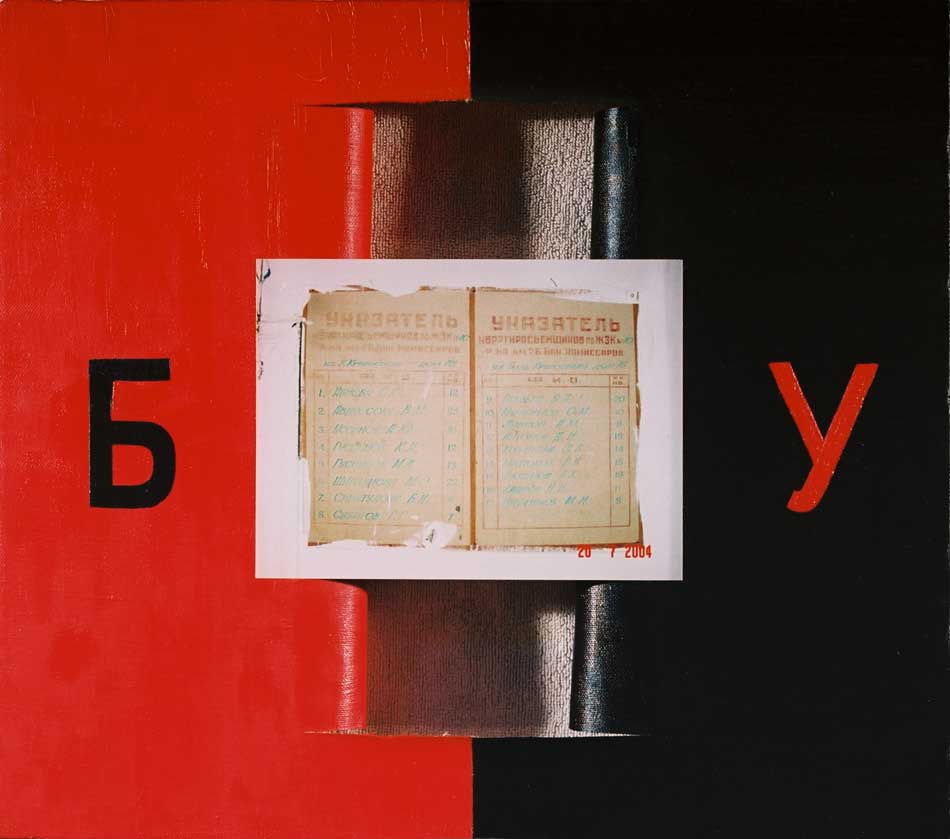
Baku-Б/У
2004, oil and photo on canvas
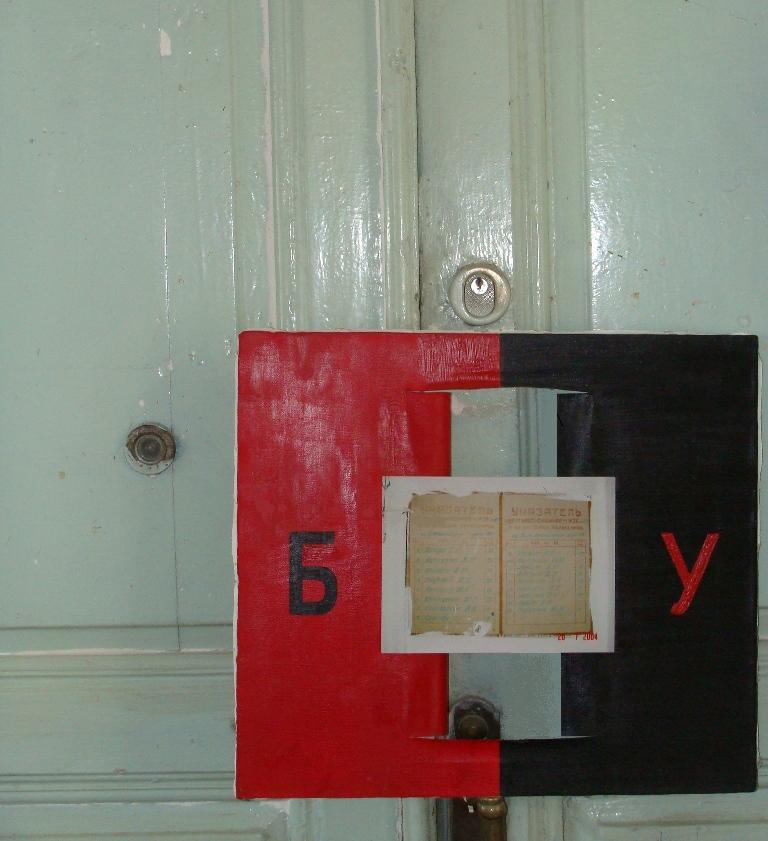
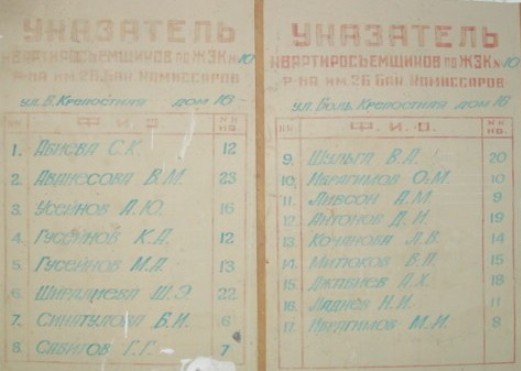
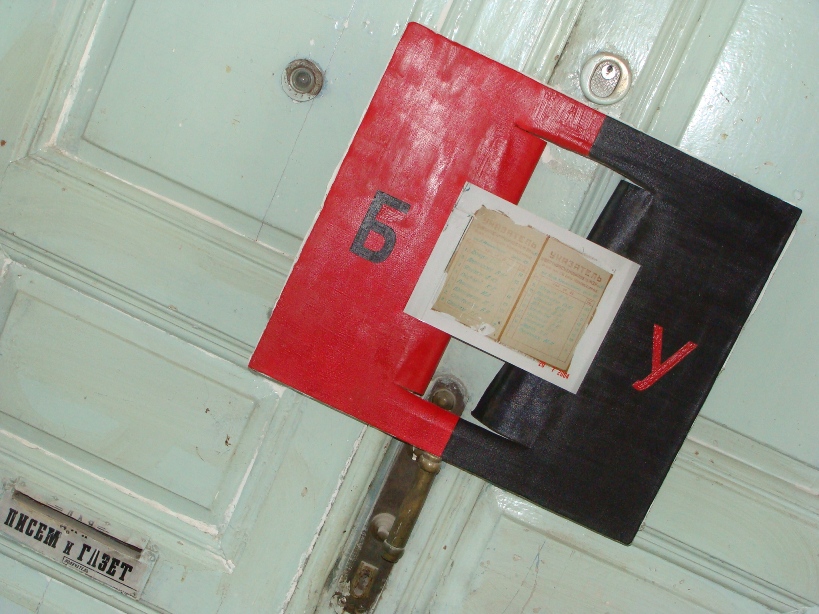
Fixation of Sensations. Co-being on 25 June, 2009

Disharmony of Intrusion
2004, oil and photo on canvas
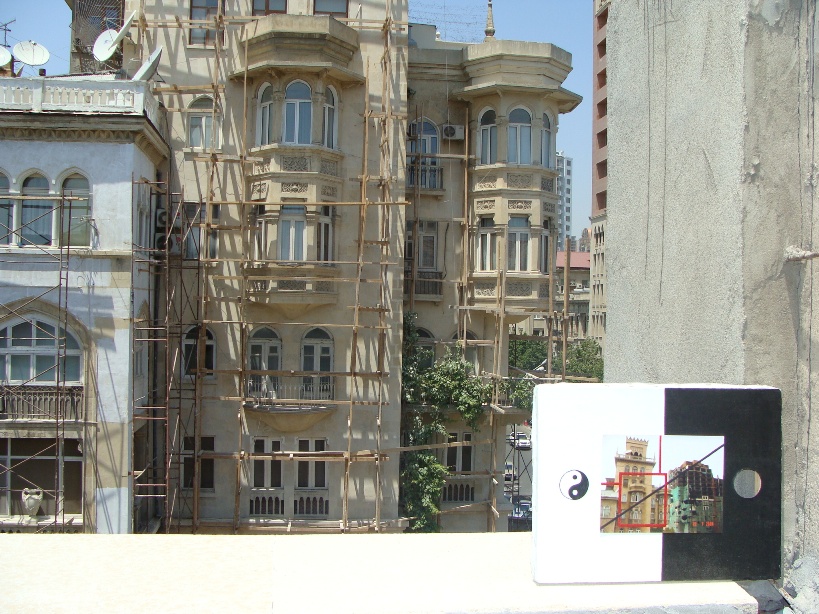
Fixation of Sensations. Co-being on 25 June, 2009
The Map of Intersection of the Past with the Present
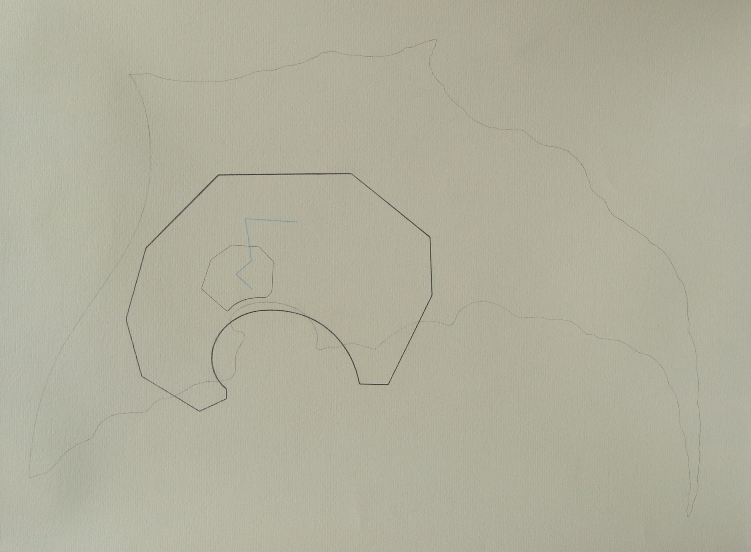
Visual Symbol of the Past
